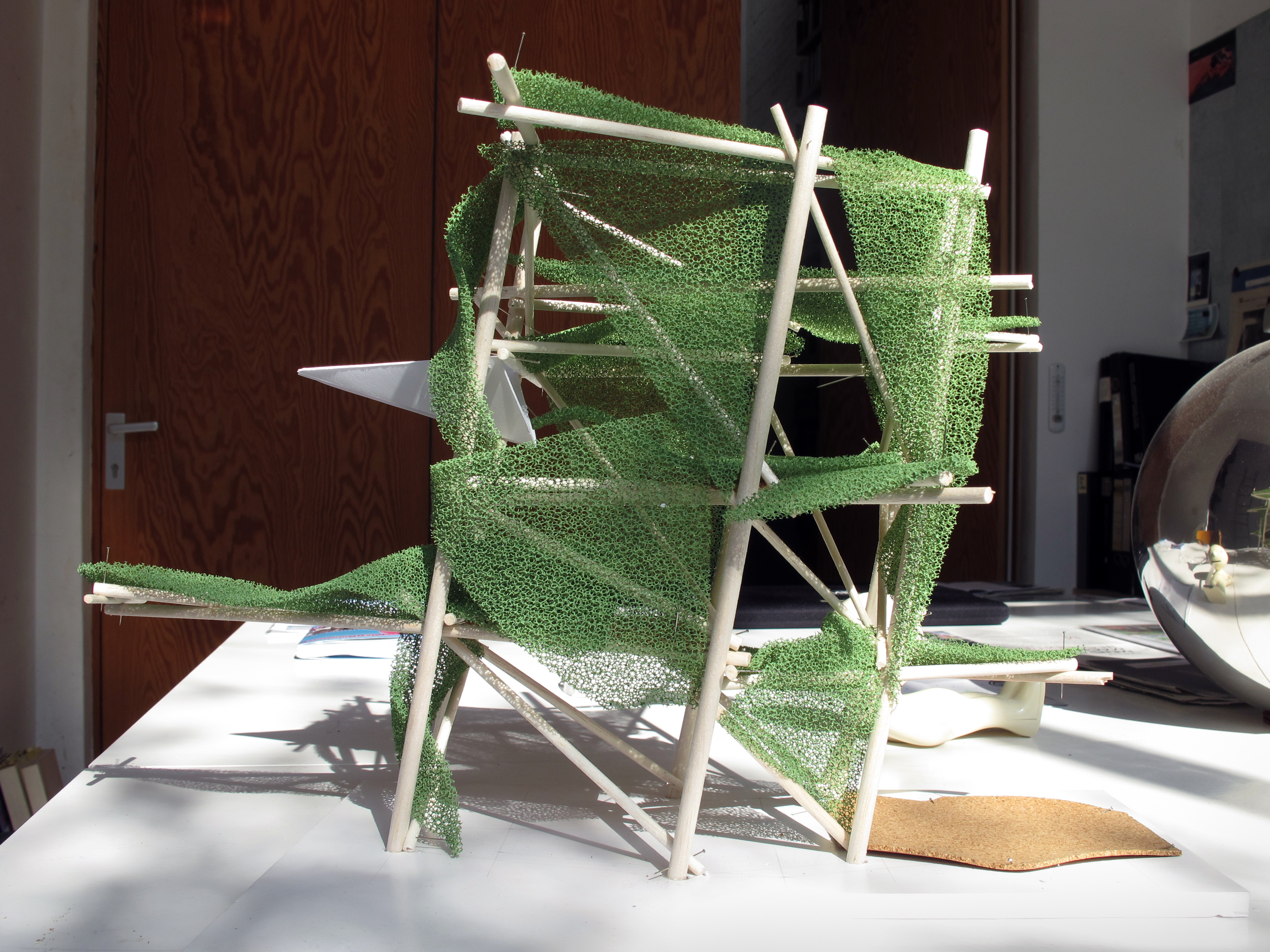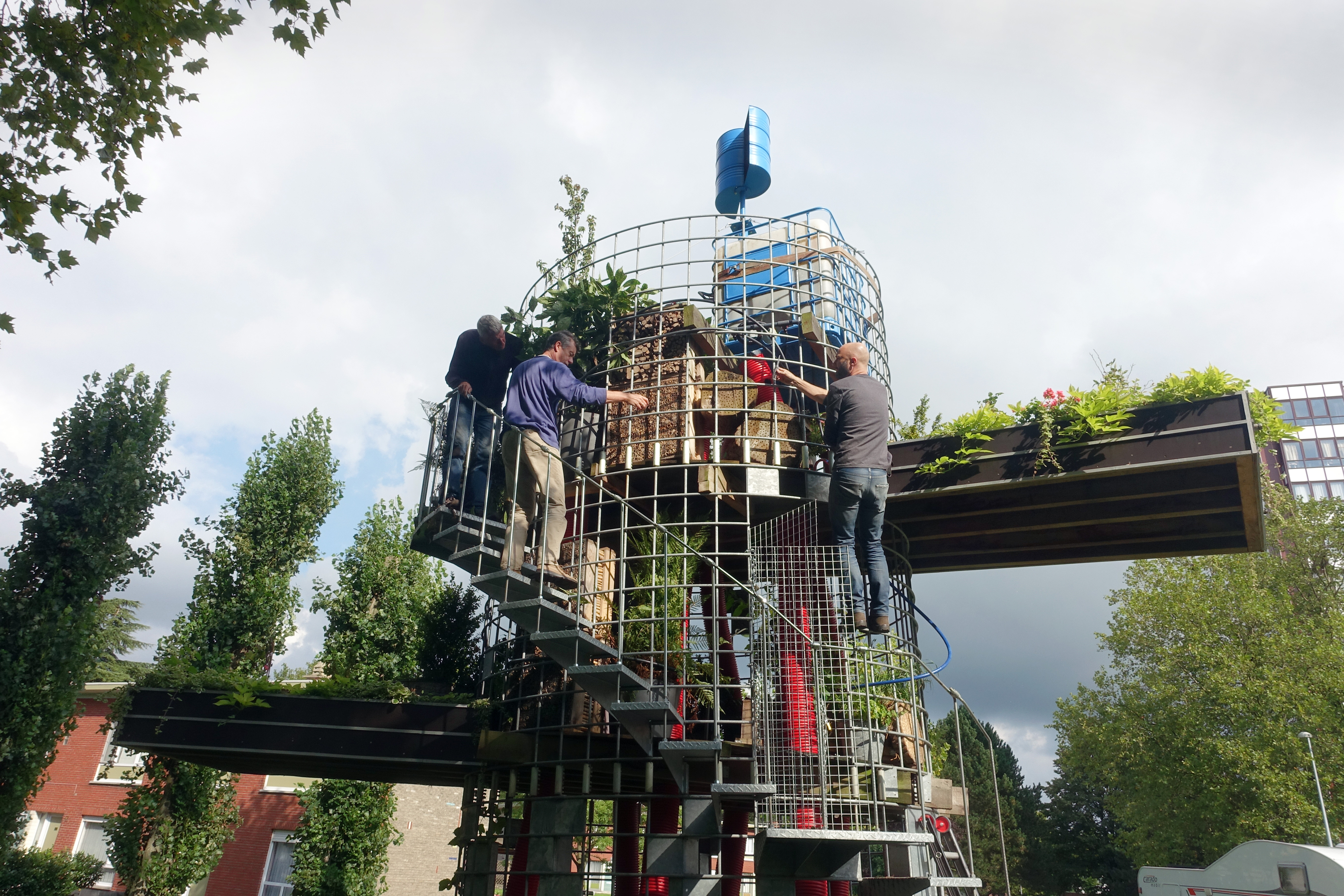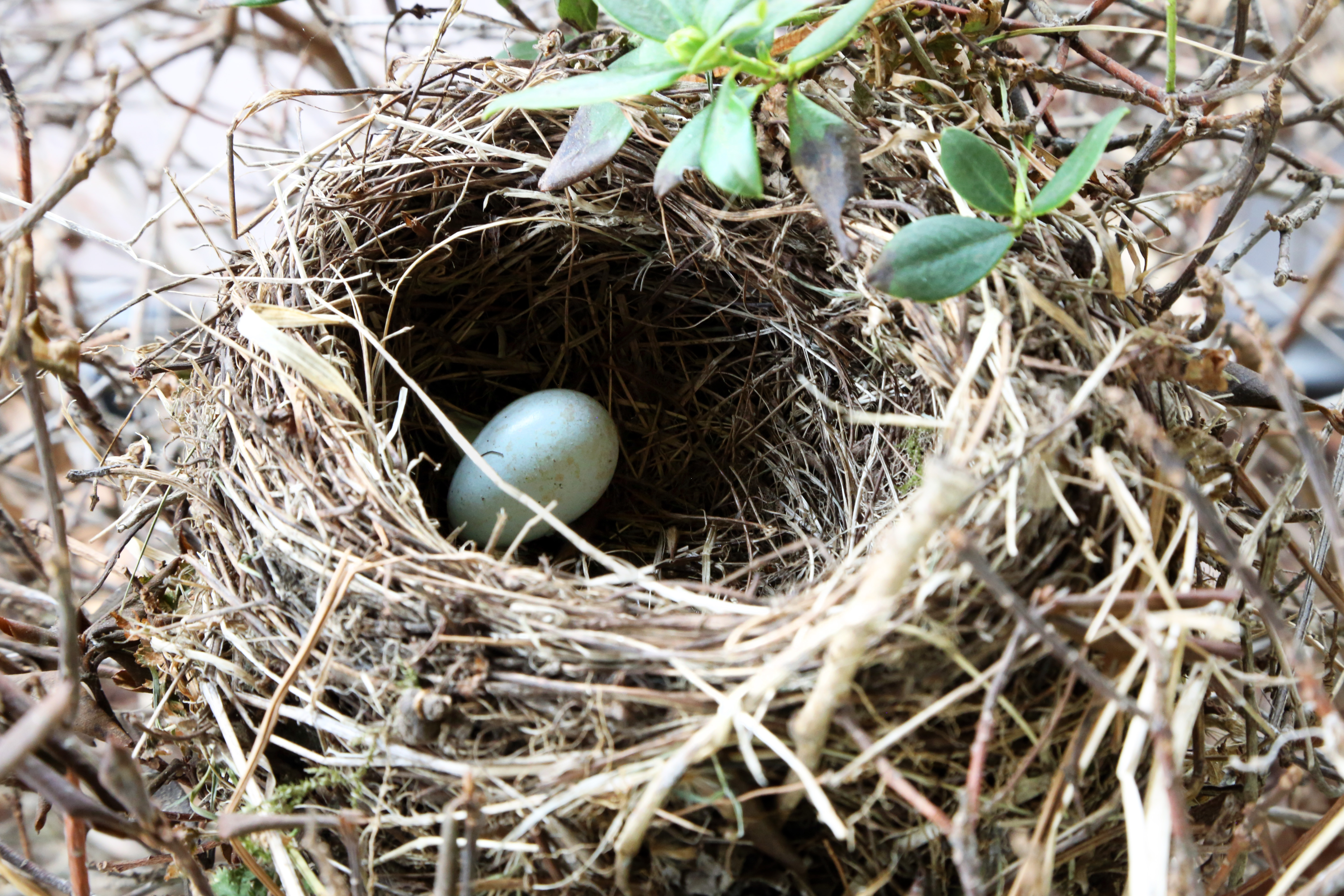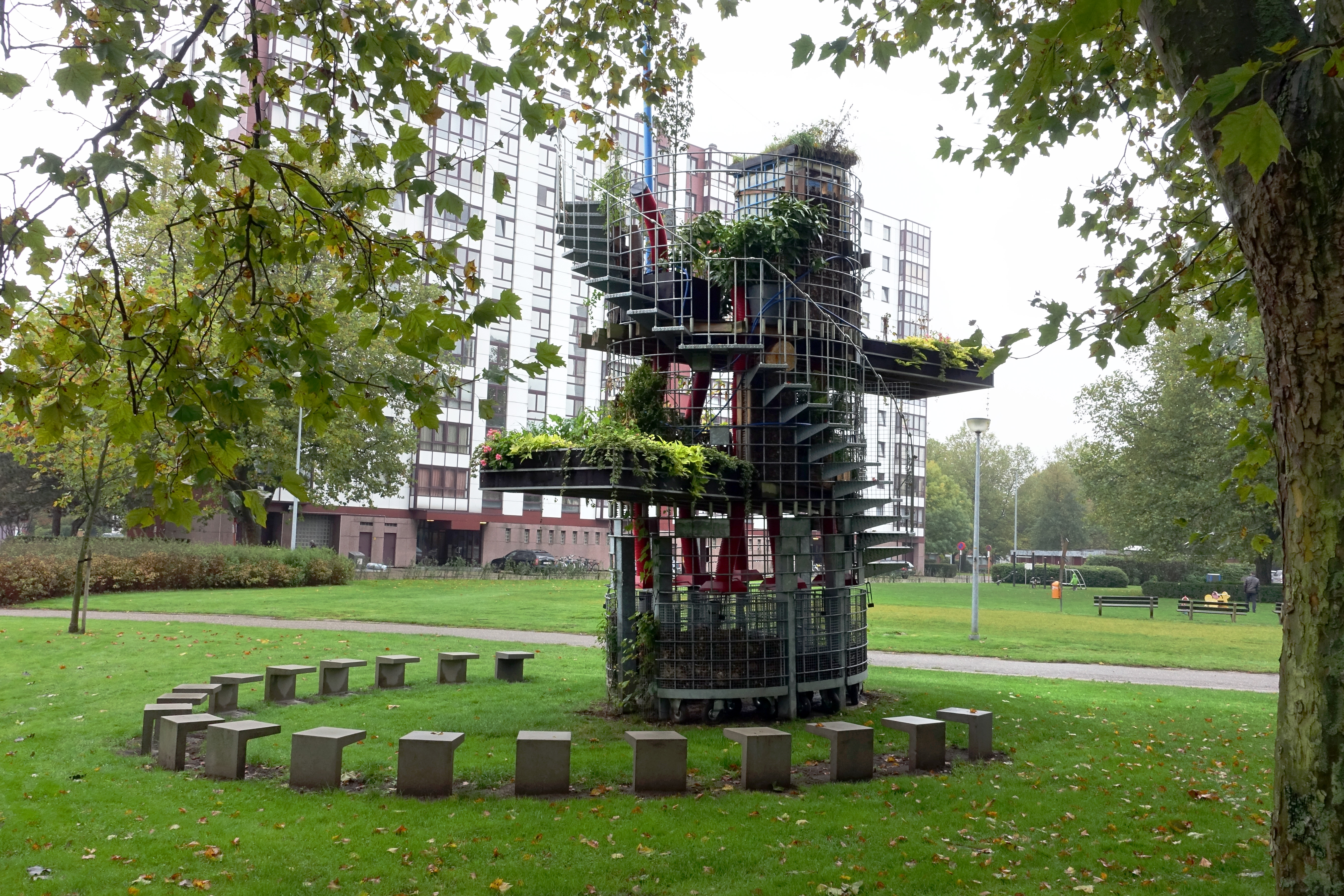Angelo Vermeulen is a contemporary artist and scientist that gets inspired by nature and is always seeking new ways to combine science, art and technology.
Over the years, he embarked on various art projects with diverse collaborators, eventually forming a steadfast core team with whom he consistently collaborated. That was the moment they decided to create SEADS, a global network and cross-cultural collective of artists, scientists, engineers and activists focused on future’s literacy. The purpose behind SEADS is to develop tools on ways to reinvent the future.
“SEADS is about how people envision the future, which paradigms they use to shape their ideas and a way to question those paradigms, and if needed to decolonize our imagination and to reinvent it.” Angelo explained.
The project has a large arts portfolio with several art projects, academic research and hybrid projects, which are partly academic, partly artistic. SEADS aims to embrace transdisciplinary practices, where disciplines are feeding into each other and blend together.
One of their projects is the Biodiversity Tower, an open public art installation, described as an insect hotel, or an operational mechanism that is able to reproduce and enlarge itself with the growing of plants and the reproduction of insects. The project started when De Nieuwe Opdrachtgevers reached out to Angelo and invited him to have a meeting with the municipality of Willebroek in Antwerp for a project with master composters. As he recalled, the team clicked immediately and worked together for years. The structure became so big and ambitious that they even hired an architect (Kris Mys) to help with the design.

SEADS, Compostmeesters Willebroek & Kris Mys, Biodiversity Tower, 2009-2015. Photo by Angelo Vermeulen.
“We met up and clicked immediately. The project took years of development because from a relatively small scale structure, it became bigger and bigger and more ambitious.” he described.
The structure of the Biodiversity Tower acts as an autonomous, analog biodiversity machine within a socially and culturally diverse neighbourhood in the southern part of the town of Willebroek. The tower takes the concept of an insect hotel as its departure point and consists of an open mesh structure allowing for a flexible organisation of internal layers with characteristic insect hotel materials, such as bamboo canes and logs. To further increase biodiversity, different plant species and a wind-powered drip irrigation system are added. Active compost inside trolleys at the bottom of the tower provides heat throughout the entire structure, and generates a diversity of microenvironments within the evolving ecosystem. In 2019 his project Biodiversity Tower with SEADS won the International Award for Public Art in Eurasia.
“It’s a little patch in the middle of a neighbourhood and we're composting the wastes of the people living around here in a public artwork. That was actually the request from the municipality, to make something public. And my attention was immediately drawn.” he recalls.
 SEADS, Compostmeesters Willebroek & Kris Mys, Biodiversity Tower, 2009-2015. Photo by Angelo Vermeulen.
SEADS, Compostmeesters Willebroek & Kris Mys, Biodiversity Tower, 2009-2015. Photo by Angelo Vermeulen.
 SEADS, Compostmeesters Willebroek & Kris Mys, Biodiversity Tower, 2009-2015. Photo by Angelo Vermeulen.
SEADS, Compostmeesters Willebroek & Kris Mys, Biodiversity Tower, 2009-2015. Photo by Angelo Vermeulen.
Angelo mentioned the importance of organisations that can help and mediate between artists and municipal authorities, in order for more art projects and synergies to become a reality. The artistic scope can become so broad that a mediator who provides support and connects artists, organisations and regional authorities could play a significant role in the artistic ecosystem.
The Biodiversity Tower is one example of how these kinds of organisations can connect different parts of the art world and create one of a kind art pieces.
Cover photo: SEADS, Compostmeesters Willebroek & Kris Mys, Biodiversity Tower, 2009-2015. Photo by Angelo Vermeulen.
Myriam Patrou











